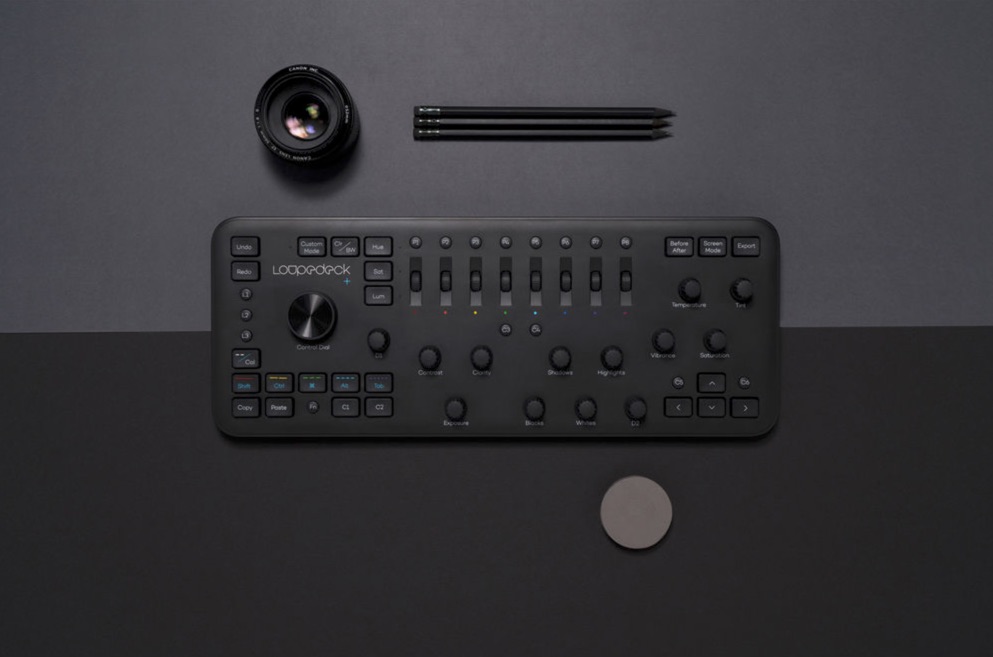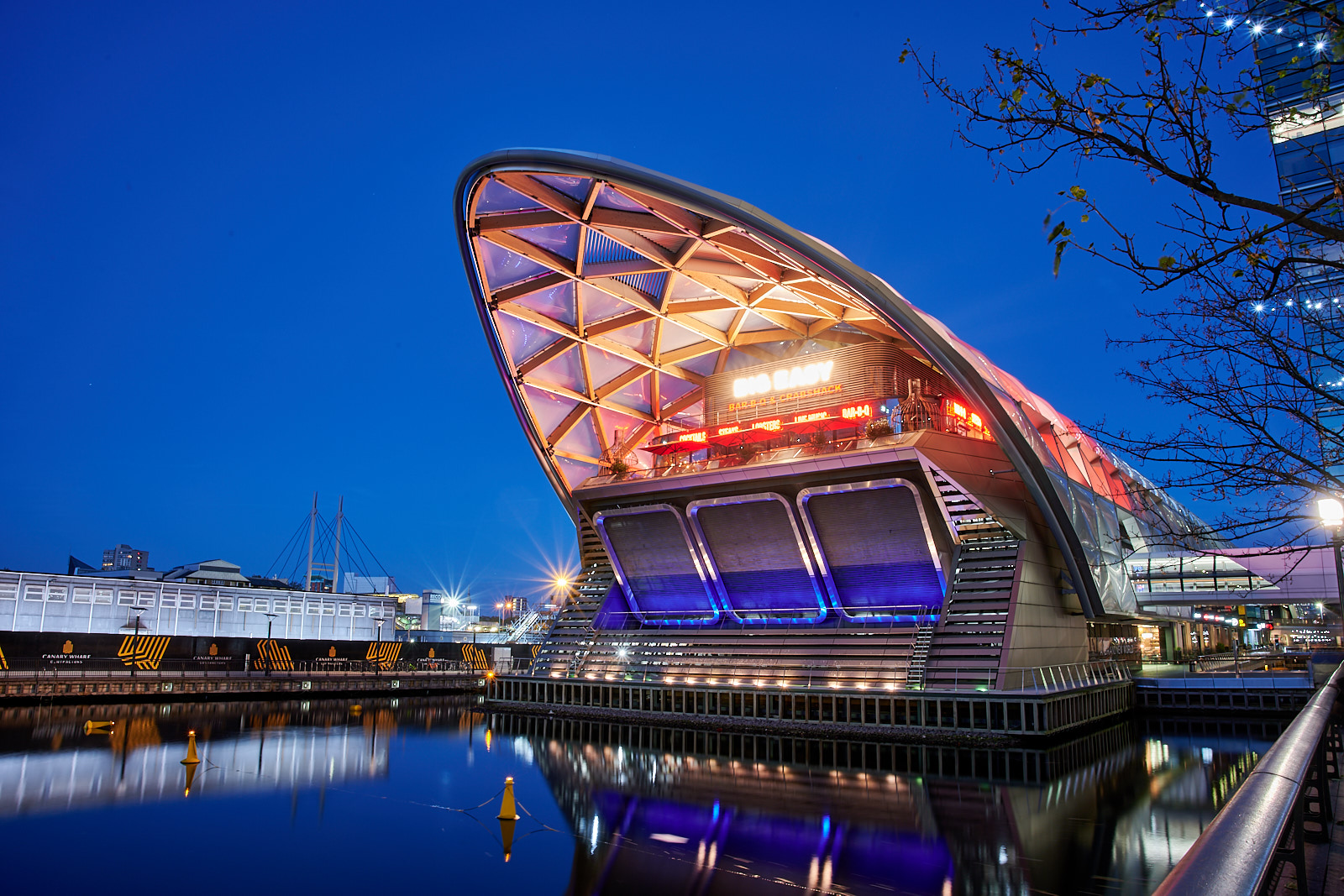
Loupedeck+ review: The future of image editing?
Tired of using sliders controlled by your keypad or mouse? The Loupedeck+ is an editing console for Lightroom and uses knobs and dials instead. Kevin Carter checks it out
What’s the issue with the application interface?
Parametric editors, such as Adobe Lightroom, Apple Aperture (and now Photos), Phase One Capture One, and others, that use simple sliders to make adjustments have truly democratised the RAW conversion and editing process. However, their ease of use, coupled with the desire to do more with them, has compounded the issue of space within the application’s interface.
With each successive update, developers have added more features and expanded capabilities, and the workspaces are becoming increasingly cramped.
Taking your eye off the image to find the tools isn’t ideal
